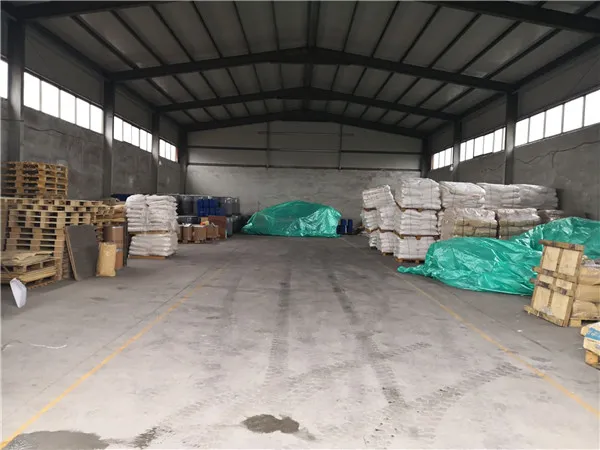Sodium Thiocyanate An Overview of Its Properties and Applications
Sodium thiocyanate, with the chemical formula NaSCN, is an inorganic compound featuring a thiocyanate ion (SCN^-) bonded to a sodium cation (Na^+). This white, crystalline substance is highly soluble in water and exhibits a range of intriguing properties that make it valuable in various industrial applications and scientific studies.
Chemical Properties
Sodium thiocyanate is characterized by its strong ionic bonds, resulting from the electrostatic attraction between the sodium ions and the thiocyanate ions. This compound has a molar mass of 81.07 g/mol and melts at a relatively high temperature of 287°C. It typically appears as a white or colorless crystalline solid and is hygroscopic in nature, meaning it can absorb moisture from the environment. Its solubility in water is significant; it can dissolve in water at varying concentrations, thereby forming a colorless solution.
The thiocyanate ion itself is notable for its ability to act as both a weak field ligand and a good nucleophile, giving sodium thiocyanate its diverse chemical reactivity. When dissolved, it can engage in various chemical reactions, making it practical for synthetic applications. Furthermore, sodium thiocyanate is a known source of thiocyanate ions in chemical reactions, which can participate in a spectrum of processes ranging from coordination chemistry to organic synthesis.
Applications in Industry and Agriculture
One of the primary applications of sodium thiocyanate is in the field of analytical chemistry, primarily as a reagent in various qualitative and quantitative analyses. It is frequently employed in determining the presence of certain metal ions, such as silver, where it forms a precipitate of silver thiocyanate. This characteristic is valuable in both laboratory settings and various industrial processes.
sodium thiocyanate

In the agricultural sector, sodium thiocyanate is utilized as a herbicide and pesticide
. Its ability to disrupt specific biochemical pathways in plants and insects makes it effective for weed and pest control. However, its application must be managed carefully, as it can exhibit toxicity to non-target organisms, including beneficial insects and aquatic life.Another noteworthy application of sodium thiocyanate is in the field of pharmaceuticals. It has been investigated for its potential therapeutic uses, particularly in treating conditions related to thyroid function. Thiocyanate ions are known to inhibit the uptake of iodine by the thyroid gland, which can be beneficial in managing hyperthyroid conditions. However, the use of sodium thiocyanate in medicine requires careful dosing and monitoring, given its potential side effects and toxicology.
Environmental Considerations
While sodium thiocyanate is beneficial in various applications, it is essential to consider its environmental impact. If released into water bodies, it can undergo hydrolysis, yielding toxic byproducts such as sulfur, which can affect aquatic ecosystems. Therefore, it is crucial to handle sodium thiocyanate with care, ensuring appropriate waste management practices to mitigate its environmental footprint.
Conclusion
In summary, sodium thiocyanate is a versatile compound with numerous applications across different fields, including analytical chemistry, agriculture, and pharmaceuticals. Its unique chemical properties make it an essential reagent and industrial chemical. Nevertheless, its usage must be balanced with environmental and safety considerations to ensure responsible handling and deployment. Further research into its potential benefits and hazards will continue to evolve its significance in various scientific and industrial domains.

